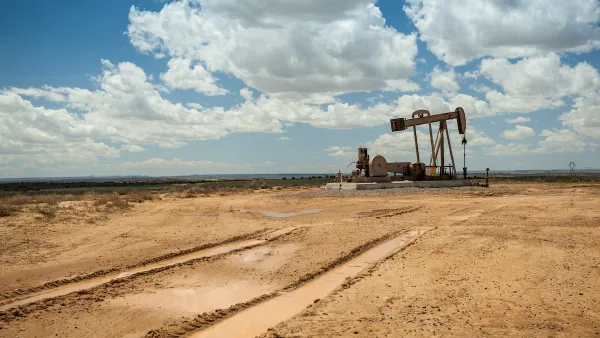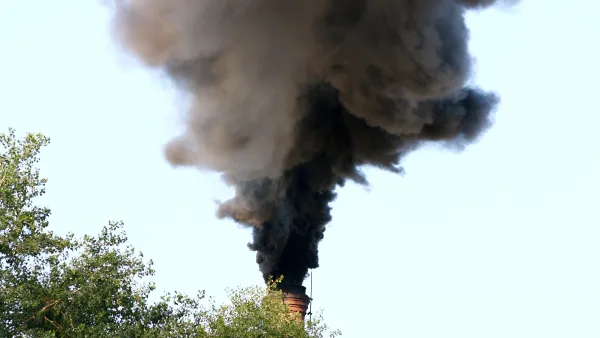Call it the law of unintended consequences. Alerts of "bad air days" that ask motorists in the Wasatch Front to reduce driving had the opposite effect, prompting some residents to drive away from lowlands to the mountains where air may be healthier.
This astounding finding was the result of "new research from former University of Utah geographers, who found traffic has increased on days when alerts are issued for elevated levels of particulate matter [especially particulate matter 2.5 microns or smaller in size, also known as PM2.5] in the winter, as well as of ozone in the summer", writes Brian Maffly.
Messages regarding air quality and voluntary reductions in vehicle trips are not only ineffective at reducing traffic but apparently increased average daily traffic levels, especially on yellow days," reports the study, accepted for publication in the journal Transport Policy. "Much of the increases in traffic were … on roads leading to mountain environments that offer respite from the poor air quality."
Senior author Harvey Miller explains why these well-intentioned messages are self-defeating:
"You are telling people, don’t drive, but at the same time you’re saying the air quality is unhealthy," said Miller, a one-time U. department chairman who moved to Ohio State University this year. "You’re telling them staying in the valley is unhealthy, so what do they do? They head to the mountains."
Utah Department of Transportation officials don't appear to be influenced by these findings, as their own measurements last winter showed "a 3 percent to 7 percent decrease in traffic when air-quality notices were in effect".
Last year, UDOT expanded its use of overhead electronic freeway signs to advise motorists of red and yellow alerts and worked with the Division of Air Quality to better forecast bad-air days and plan for them, according to agency spokesman Nile Easton.
Maffly concludes by writing that "the study findings underscore the limits of 'soft' policies that rely on voluntary action, particularly when they discourage walking, cycling and other activities that get us out of our cars."
Other regions impacted by air pollution have their own version of "bad air alerts". In the Bay Area, the Bay Area Air Quality Management District issues "Spare the Air Days" in summer and asks motorists to reduce driving and use alternatives to reduce ozone pollution. "Spare the Air-Winter" is aimed at refraining from wood burning to reduce particulate pollution.
FULL STORY: Utah air alerts seem to spur — not curb — driving

National Parks Layoffs Will Cause Communities to Lose Billions
Thousands of essential park workers were laid off this week, just before the busy spring break season.

Retro-silient?: America’s First “Eco-burb,” The Woodlands Turns 50
A master-planned community north of Houston offers lessons on green infrastructure and resilient design, but falls short of its founder’s lofty affordability and walkability goals.

Delivering for America Plan Will Downgrade Mail Service in at Least 49.5 Percent of Zip Codes
Republican and Democrat lawmakers criticize the plan for its disproportionate negative impact on rural communities.

Test News Post 1
This is a summary

Test News Headline 46
Test for the image on the front page.

Balancing Bombs and Butterflies: How the National Guard Protects a Rare Species
The National Guard at Fort Indiantown Gap uses GIS technology and land management strategies to balance military training with conservation efforts, ensuring the survival of the rare eastern regal fritillary butterfly.
Urban Design for Planners 1: Software Tools
This six-course series explores essential urban design concepts using open source software and equips planners with the tools they need to participate fully in the urban design process.
Planning for Universal Design
Learn the tools for implementing Universal Design in planning regulations.
EMC Planning Group, Inc.
Planetizen
Planetizen
Mpact (formerly Rail~Volution)
Great Falls Development Authority, Inc.
HUDs Office of Policy Development and Research
NYU Wagner Graduate School of Public Service




























